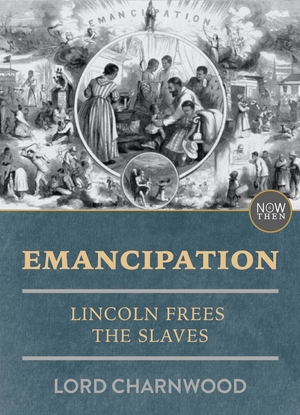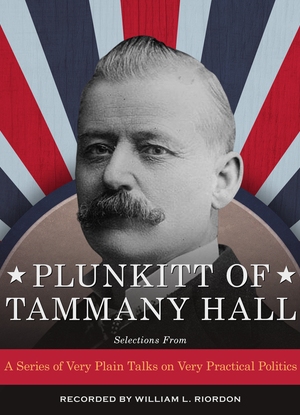The Siege of Blair Mountain - Preview
Class Warfare and High Treason in West Virginia's Coalfields
by Robert Shogan
The Siege of Blair Mountain
Early on a dreary morning in May 1920, seven men carrying Winchesters and pistols boarded the Norfolk and Western’s No. 29 at Bluefield, West Virginia, bound for the little mining town of Matewan on the Kentucky border. All were hirelings of the Baldwin-Felts detective agency, personally selected by their boss, Tom Felts. Half a dozen or so others would follow by later trains. Nearly all “have been tried and can be relied on,” Tom Felts had written to his brother, Albert, who was already posted in Matewan.
The railroad that carried the agents to Matewan had been shaped for their mission. More than thirty years earlier the well-tailored, smooth-talking agents of the Norfolk and Western had descended on southern West Virginia like locusts, their checking accounts fattened by funds from Philadelphia and across the sea in the City of London, and systematically bought up all the land they could lay their hands on. And not just the land. The mineral rights too. That was, after all, the point.
On their heels came another invasion sponsored by the railroad. The new men were a rougher sort, crude in dress and manner. They were construction workers, some 5,000 of them, and they set about laying the Norfolk and Western trunk line, putting up more than 60 bridges and carving 80 tunnels out of the Appalachian foothills, opening up the region and its fabulous deposits of coal. The 190 miles of tracks pushed through valleys of crooked streams penetrating a rugged wilderness that lacked even wagon roads.
Before long coal cars rumbled along the hillsides, dumping their loads at massive tipples where the coal would be stored and then shipped out to markets around the country. Investors, well-fed men in rich tweeds and polished boots, came from all over to tour the valley, inspect the mines, and lay out their money, certain of a bountiful return. The coal mines proliferated and thrived. No one could question the riches that lay beneath the earth. Some called the region, surrounded by misery and poverty, the “El Dorado” of Appalachia.








